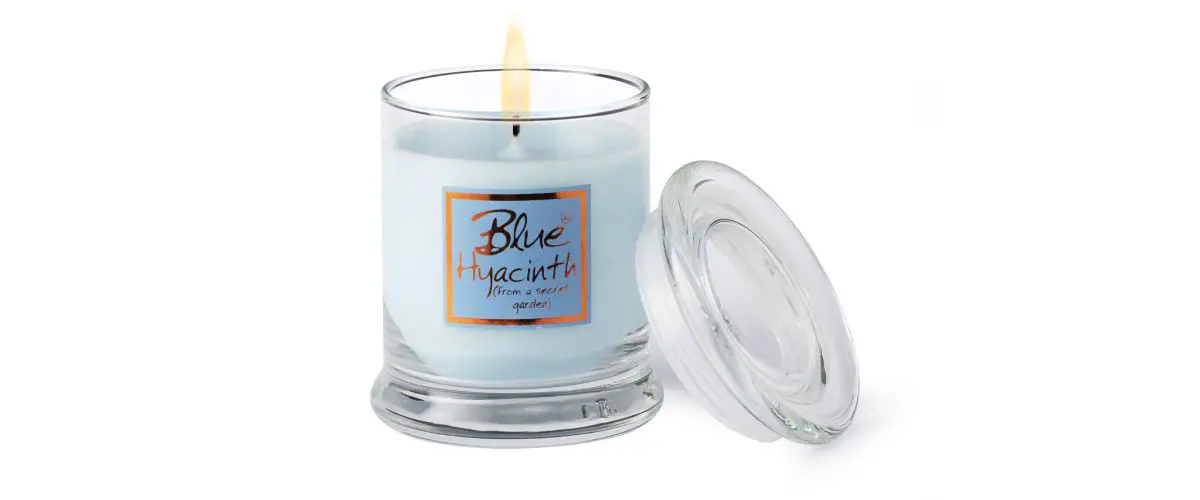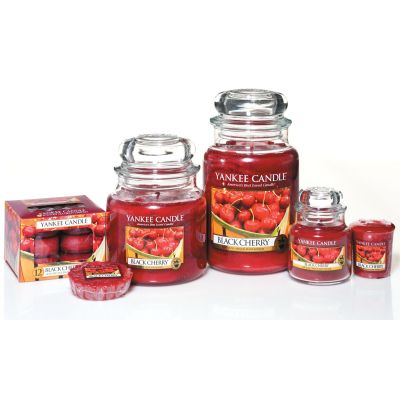login or create an account

Container candles
Unlike other types of candles, like pillar candles or votive candles that are poured into a mold then unmolded when hard, container candles are designed to be burnt in the very container they have been poured into: they are a candle and its holder in the same package.
That's why the selected containers must not only meet safety standards and be able to stand the heat of the flame without bursting but must also meet aesthetic expectations.
Though they look quite simple, container candles actually are tricky to make, especially when you cannot use a commercially formulated container wax blend...

Shapes and materials
Not all containers can be used to make container candles, far from it !
First requirement: the material must be able to withstand the heat produced by the candle flame. Remember that the melt pool of a paraffin wax candle averages 180°F. To be on the safe side, you don't want to use any container that will not withstand a temperature of 212°F. Very easy to check : dip the candidate container in boiling water during a few minutes. If it bursts, well... you will know you shouldn't have used it to make a container candle

A second important point is the material itself. If plastic has no problem with hot or even boiling water, it won't really appreciate the proximity of a flame. Rejected.
To create container candles, use preferably glass (thickness is an issue, don't use too thin a glass; apothecary jars are great and much appreciated), metal (decorated tea boxes, candy boxes or, why not, tin cans,...), terra cotta (but some of them need a little preparation, I'll explain that), large shells, ceramics,... that's about it.
Don't even think of using wood, cardboard or any flammable material ! If you really, really want to use a flammable material, use it as a shell for a glass container, for example.
There is a third element that needs to be taken into consideration, even if it's not obvious at first sight: the shape and the size of the container.
The general shape of the container should be straight or tapered (the top must be larger than the bottom) and free of major differences in its diameter (you don't want to use a sand glass-shaped container). Don't forget that a correct candle diameter / wick size ratio is a main key to the correct combustion of a candle. If the diameter of the candle varies, you will have a hard time finding a suitable wick size.
Moreover, the height of the container should not be more than 12 centimeters (5 inches). Higher a container and the oxygen flow will gradually be made difficult as the candle burns, with lots of soot as a result and, possibly, the flame going off.
For the same reason, the width of the container must be sufficient and should never be less than the half of its height (for example, a 10 centimeters high container must be at least 5 centimeters wide).
Be sure of one thing: as soon as you'll fall victim of the candlemaking virus, you will start to develop some kind of mental deformation: any container you will come across will automatically (and often unconsciously) be evaluated in function of its potential (or lack thereof) to become a container for your candles !
Dollar stores are a great place to find low-priced, quality containers and jars . Thrift stores are too.
I personally find that the never-ending search for beautiful, low-priced containers is one of the great pleasures that come with candlemaking.
Read further
 Thanks a bunch!
Thanks a bunch!

